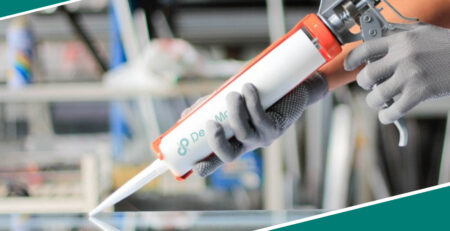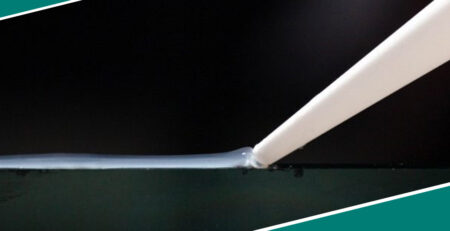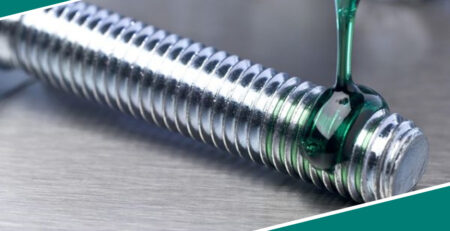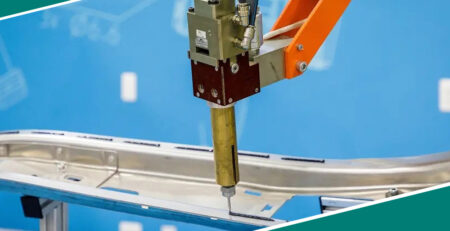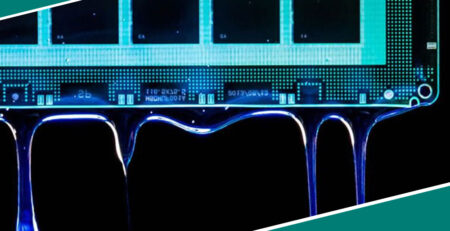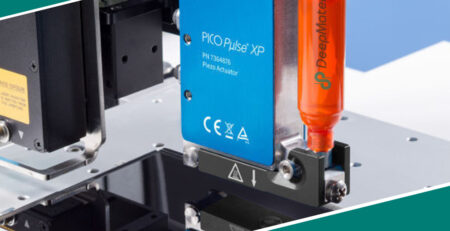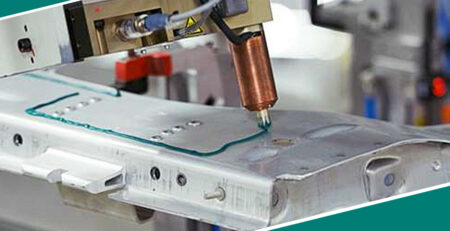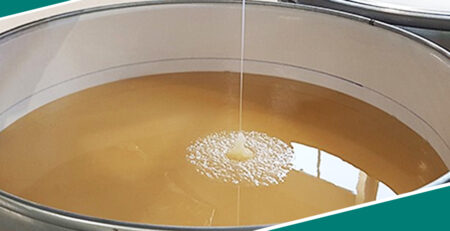Expert Advice on Gluing for Board Games and Puzzles
Over the years, Deepmaterial has worked with various unique manufacturers, especially in board games and puzzle making. Glue is critical when sticking beautiful, engaging artwork to paperboard and chipboard. Today, let’s dive into the unique industry of board game and puzzle manufacturing and the role glue plays in helping these fun activities come together.
Puzzles and board games are not old-fashioned. They are experiencing a renaissance due to the rising demand for indoor activity during COVID, and the global market is predicted to grow due to the commercialization of movies and cartoon characters. As an adhesive supplier, manufacturers have been asking us about adhesive applications. Here is a breakdown of the top questions we get to help with your game and puzzle production.
WHAT ROLE DOES GLUE PLAY IN THE MANUFACTURING OF GAME BOARDS AND PUZZLES?
Standard board games and puzzles are made with paper and chipboard. Essentially, the glue holds it all together. Glue, typically protein-based, bonds the board and laminated paper (game board/puzzle face) to make a finished game/puzzle. The ‘face’ of the game board is where all the fun is at, and the glue keeps the colorful image adhered and flat to the board for years to come.
WHAT IS THE MOST POPULAR GLUE IN GAME BOARD AND PUZZLE MANUFACTURING?
There are two-stand out adhesives:
1.Gelatin glue, or protein glue, is the most commonly used glue when creating puzzles. The glue is non-toxic, biodegradable, and derived from a recyclable source.
2.Liquid white glues are another popular choice. These glues are non-toxic and often used to make jigsaw puzzles and the box the pieces come packaged in.
Gelatin and liquid adhesive are preferred because of their fast-drying times. You need to work with a fast-drying glue when manufacturing puzzles and game boards, especially if you intend to cut them into smaller pieces.
If your glue is still wet during the cutting process, you run the risk of dulling the die-cutter blades or causing the pieces to warp. Having warped puzzle pieces ruins the enjoyment of putting them together. Using fast-drying glue during manufacturing is the key to having a flat, easy-to-cut puzzle or game boards.
WHAT MAKES THIS TYPE OF FLUE APPLICATION UNIQUE?
There are so many different puzzle and game board sizes out there. Each is completely unique. There are a variety of different coated and uncoated papers that are used within the industry.
Glues are not “one size fits all,” so it’s important to look at the type of board and paper you’re working with to ensure the glue used is the best for the job.
Our Technical Sales and Lab teams review each application when making a glue recommendation. This way, your recommendation is truly customized to the paper and board you plan to use. The last thing you want is to run glue on your equipment and substrates to find out later that the glue is not performing properly.
ARE THERE SPECIFIC FORMULATIONS OF ADHESIVE FOR GAME BOARD AND PUZZLE MAKING?
Yes. Generally, gelatin glue is best used with paper products. For example, Most jigsaw manufacturers use 60 or 70 lbs weight paperboard, but some puzzles use specialized paper. We supply various mixtures of gelatin glues to meet specific requirements for game and puzzle makers.
When working with a glue supplier, knowing the exact kinds of paperboard you are using is important. That way, the adhesives experts can work with you to create a formulation tacky enough to adhere and dry quickly to your materials.
WHAT’S THE BEST WAY TO IMPROVE YOUR MANUFACTURING PROCESS?
Moisture and paperboard don’t mix! Having a climate-controlled environment is one of the best ways to improve your puzzle manufacturing process. Working in a humid warehouse can warp the paperboard and cause glue opening times to extend, making a sticky, uneven mess.
If you can’t control your working environment, additives can be added to the glue to change the drying time. Slowing the speed of your laminating and die-cutting equipment can also help prevent problems in your production line if your adhesive is not drying quickly enough.
Glue can be tricky to work with as many variables like temperature, application speed, and surface material need to be considered. If you’re puzzled about how to improve your manufacturing process? Our adhesive experts can help.
WHAT ARE SOME OF THE BIGGEST CHALLENGES IN GAMEBOARD AND PUZZLE MAKING?
While finding and testing the correct glue can be challenging, applying the RIGHT amount of adhesive is the biggest issue. Applying too little causes poor adhesion, and too much can create board warp. Using a MIL depth gauge is the best way to measure your adhesive thickness during application.
If you are having challenges with your adhesive application, let us know. Our team can provide training on how to use a Deepmaterial gauge and other adhesive application tips, like how to check glue solids with a refractometer, temperature recommendations, and more.


